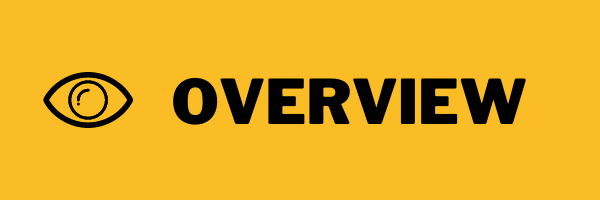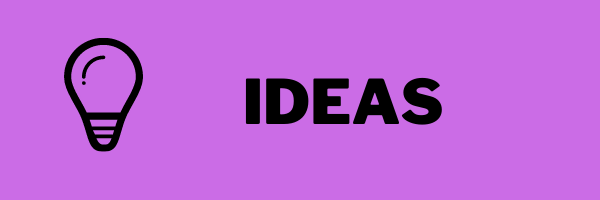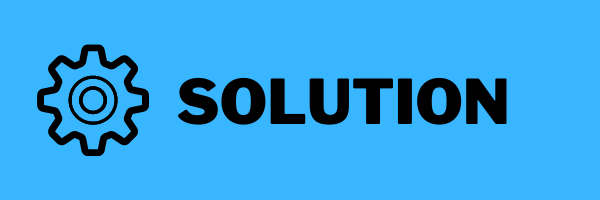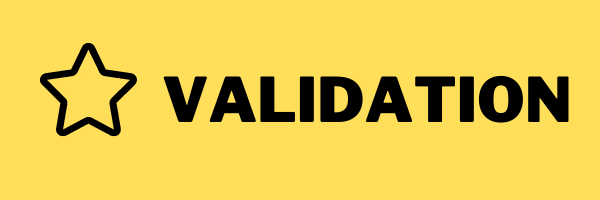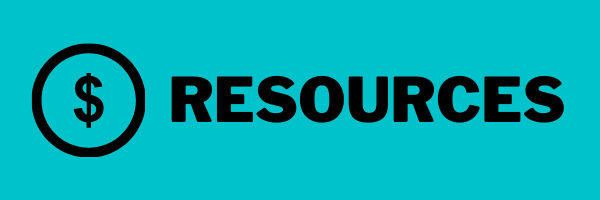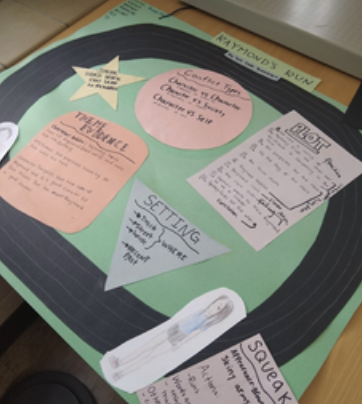Once Upon a Poster
By: Tammy Holwerda
By: Tammy Holwerda
Project at a Glance :
This project is for 7th graders who have finished a multi-part unit on the elements of short stories: character, setting, plot and theme. This is their "capstone" project, done in groups, and displayed creatively on poster board. An Escape Room element has been added to add fun and increase buy-in. Each group was given a story that was unknown to them and was different than the other groups. The entire project ran for 12 40-minute sessions.
Driving Question:
What visual creation can we make on poster board to display the four elements of our short story?
|
Standards:
Students will work in groups to:
Entry Event:
|
Inquiry / Need to Knows:
|
Incubation:
Checking in:
|
|
Solution Building:
|
Authentic Audience:
|
Click here for teacher's full plan.
Reflection and Feedback:
|
